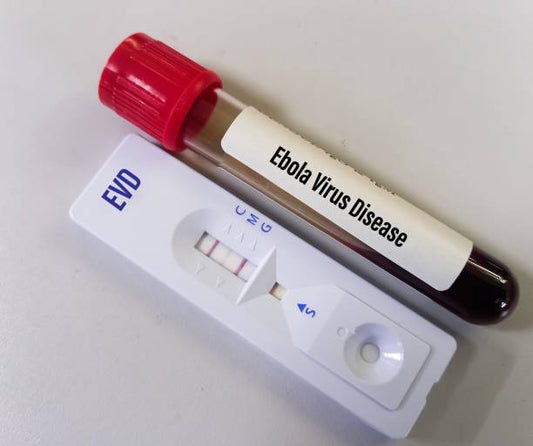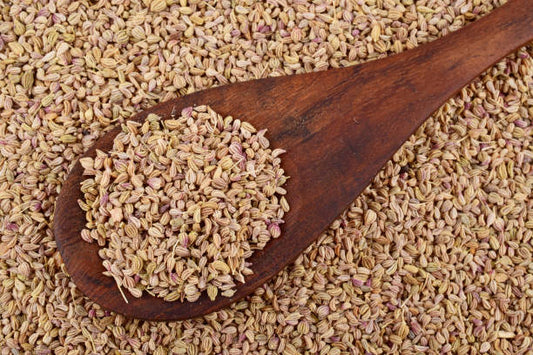Dysentery is a gastrointestinal condition characterized by inflammation of the intestines, leading to severe diarrhea with blood and mucus. It can be caused by bacterial, viral, or parasitic infections. This comprehensive guide aims to enhance your understanding of dysentery, covering its causes, symptoms, treatment, and preventive measures.
Causes of Dysentery:
- Bacterial Infections: Bacteria such as Shigella, Salmonella, and Escherichia coli (E. coli) are common culprits.
- Parasitic Infections: Entamoeba histolytica is a protozoan parasite that can cause amoebic dysentery.
- Viral Infections: Some viruses, including certain types of adenoviruses, can lead to viral dysentery.
Symptoms of Dysentery:
- Severe Diarrhea: Frequent, watery stools often containing blood and mucus.
- Abdominal Cramps: Intense pain or cramping in the abdominal region.
- Fever: Elevated body temperature may accompany dysentery.
- Dehydration: Excessive fluid loss can lead to dehydration, characterized by thirst, dry mouth, and dark urine.
- Tenesmus: A persistent feeling of needing to pass stool, even after bowel movements.
Treatment of Dysentery:
- Rehydration: The primary goal is to replace lost fluids and electrolytes through oral rehydration solutions or intravenous fluids in severe cases.
- Antibiotics: In bacterial dysentery, antibiotics may be prescribed to target the specific causative bacteria.
- Antiparasitic Medications: For amoebic dysentery, medications targeting the causative parasite may be necessary.
- Symptomatic Relief: Medications to alleviate symptoms, such as anti-diarrheal drugs, may be used cautiously.
Preventive Measures:
- Hand Hygiene: Regular handwashing, especially after using the toilet and before eating, helps prevent the spread of dysentery-causing microorganisms.
- Safe Water Practices: Ensure the consumption of safe and clean drinking water to avoid waterborne infections.
- Proper Food Handling: Cook food thoroughly and practice good food hygiene to prevent foodborne infections.
- Personal Hygiene: Maintain personal hygiene to minimize the risk of fecal-oral transmission.
- Avoiding Contaminated Areas: Exercise caution in areas where dysentery is prevalent, especially regarding water sources and sanitation facilities.
Complications:
Complications of untreated or severe dysentery may include dehydration, electrolyte imbalances, kidney problems, and in extreme cases, systemic infection.
Conclusion:
Understanding dysentery involves recognizing its symptoms, addressing the underlying cause through appropriate treatment, and adopting preventive measures. Hygiene practices, safe water consumption, and proper food handling are crucial in minimizing the risk of dysentery. Seeking prompt medical attention for symptoms and adhering to prescribed treatments contribute to a faster recovery and reduce the risk of complications.
Author: Nikita Vishnoi BCA












